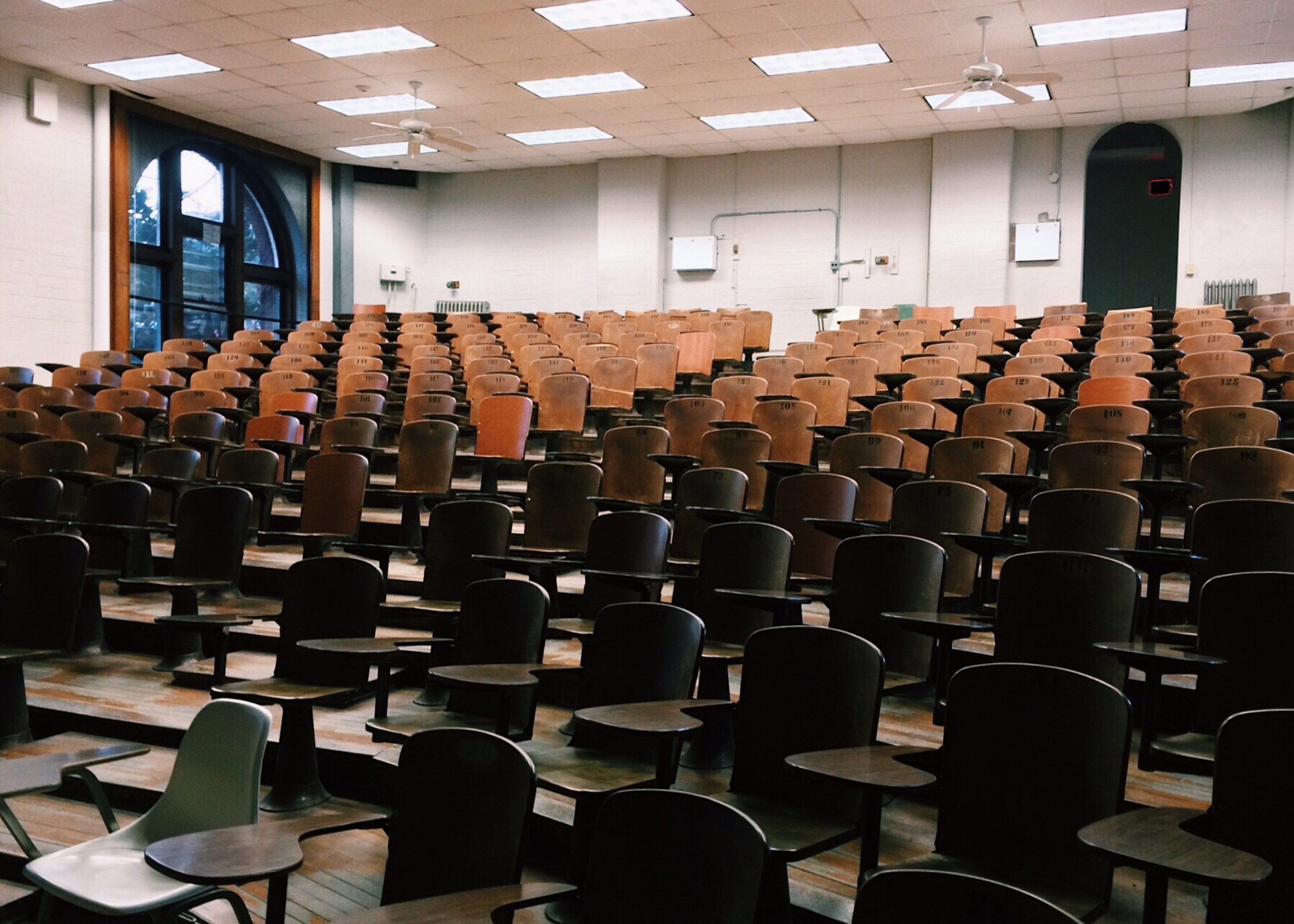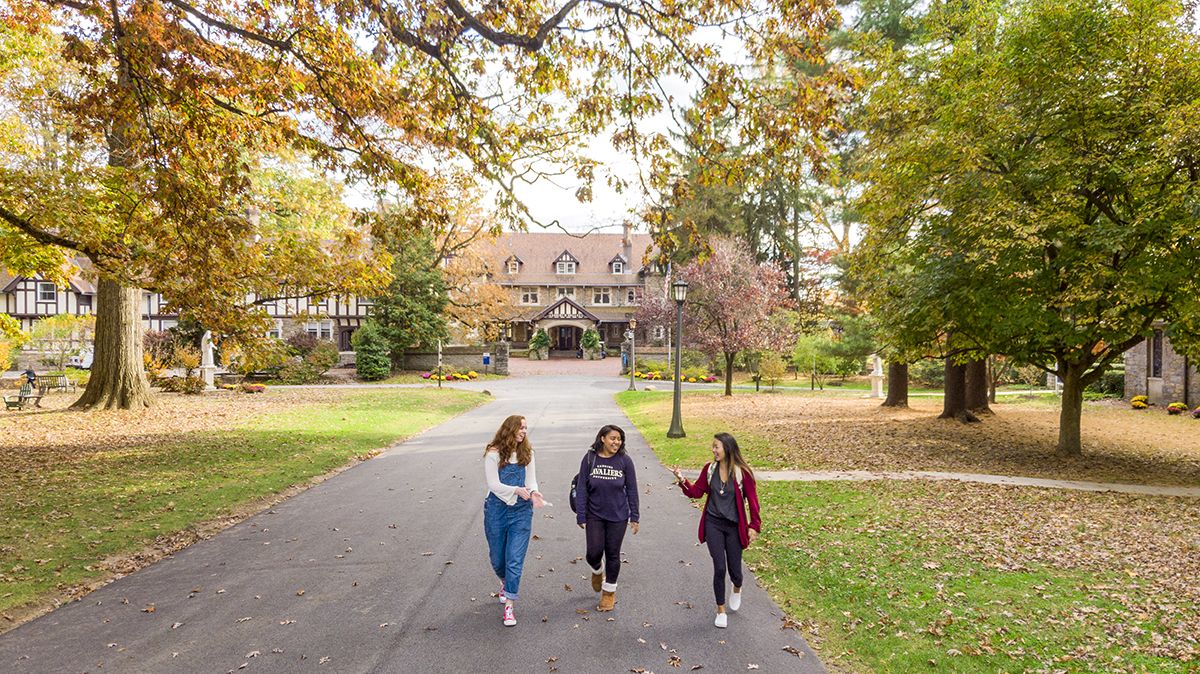A national decline in college enrollment is affecting universities in the United States, especially in states located in the northeastern region. The future of many institutions is at stake as students decide their plans after high school or don’t graduate at all.
Bryn Campbell, Cabrini’s director of undergraduate admissions, explained, “College costs have increased faster than inflation and pay rates. Also, a lot of people don’t want to pay for remote learning that came out of COVID-19, which for some students has been a blessing, but they don’t necessarily want to pay the same cost for college.”
Additionally, Campbell believes the economy plays a role in the enrollment drop. “Economically speaking, there are a lot of companies paying a lot more right now, which is an incredible thing for the economy, but not necessarily for college education.”
The numbers don’t lie, as the nation saw its largest-ever drop in college enrollment over the past two years.
“Nationally it’s about 1.4 million students since Fall 2020 to Fall 2022 who are choosing not to go to college,” Campbell said.
Who is the most affected?

A report issued by the Western Interstate Commission on Higher Education revealed, “About half of the states in the Northeastern region are projected to have stagnant or declining high school graduate numbers in most or all years that are projected.”
“We’ve had to work really hard as small private institutions to recruit students because it’s hard to know everyone. There are almost 4,000 colleges and universities in the U.S. alone and I bet we can all name the top 50 and almost nothing else. So, because of that, you have to fight for every one student you’re getting,” Campbell said.
This problem is not limited to four-year institutions, as community colleges in particular are bearing the brunt of this unstable climate.
“It’s also hitting the community colleges disproportionately,” Campbell said. “They saw almost a 50 percent decrease in enrollment over the course of the last two years alone.”
Kylie Carney, freshman exercise science major, entered Cabrini this fall and thought her class size would be larger.

“I was expecting more people in my freshman class. I knew Cabrini was small but not as small as what it is. My class has about 300 kids and I was expecting to go to school with at least 500 plus.”
Even though Carney was surprised, she still believes a smaller institution is a better fit for many.
“Smaller schools have more benefits because you can have more one-on-one connections with your teachers, which in the long run will help you the most, I think, with your career and what you want to do after college,” Carney said.
Future expectations
WICHE’S report predicts birth rates continue to decrease in the U.S., “resulting in a decline in high school graduates and young workers starting in 2026.”
Despite this prediction, universities still have the opportunity to work hard to alleviate the further deterioration of enrollment. Cabrini falls under the category of a small private institution, but that won’t stop them from trying to spread the word and invite students to their college.
“We’re all trying to make changes and recruit in different areas and thinking about expanding the population that we’re getting our message out to,” Campbell said.



